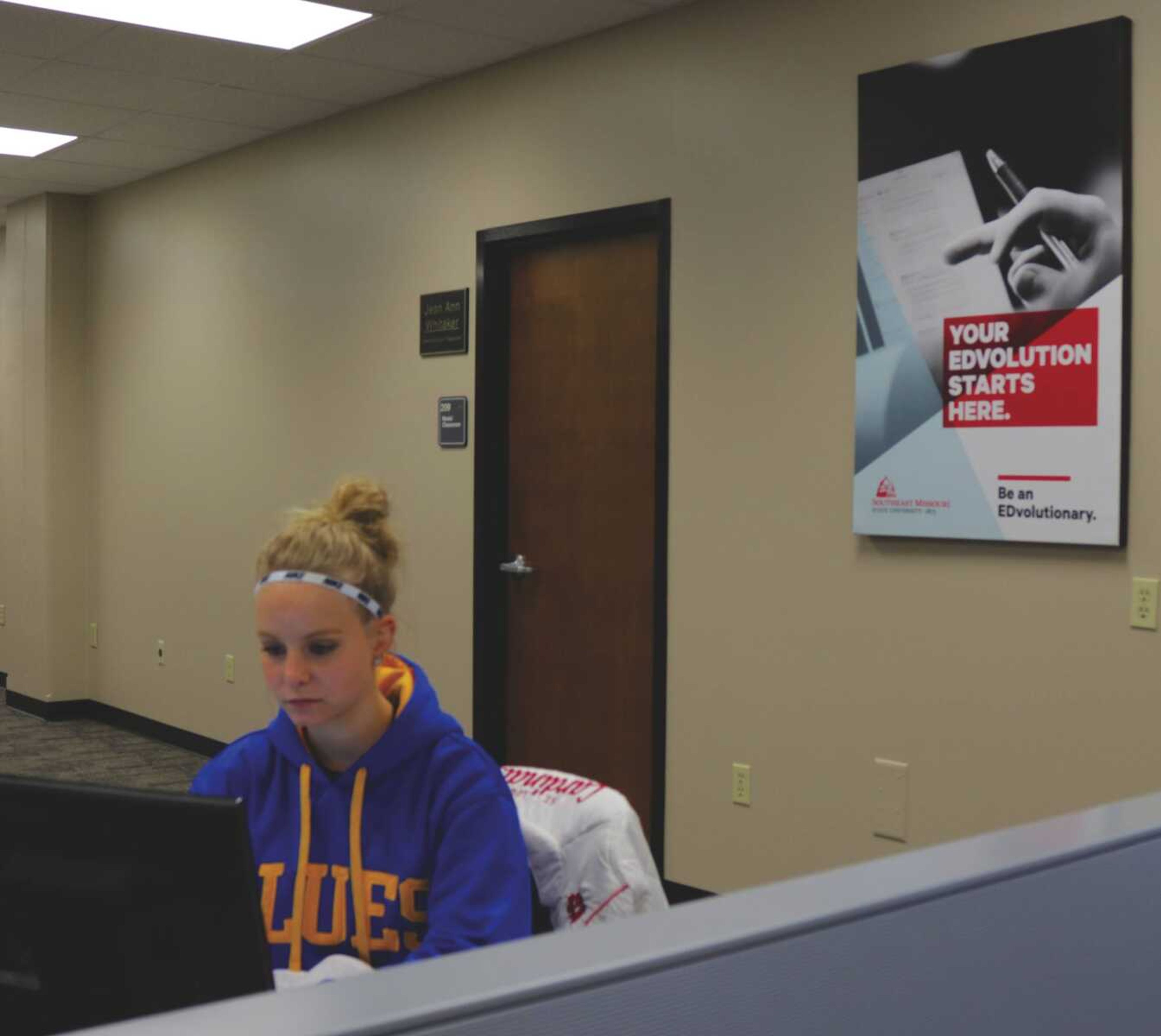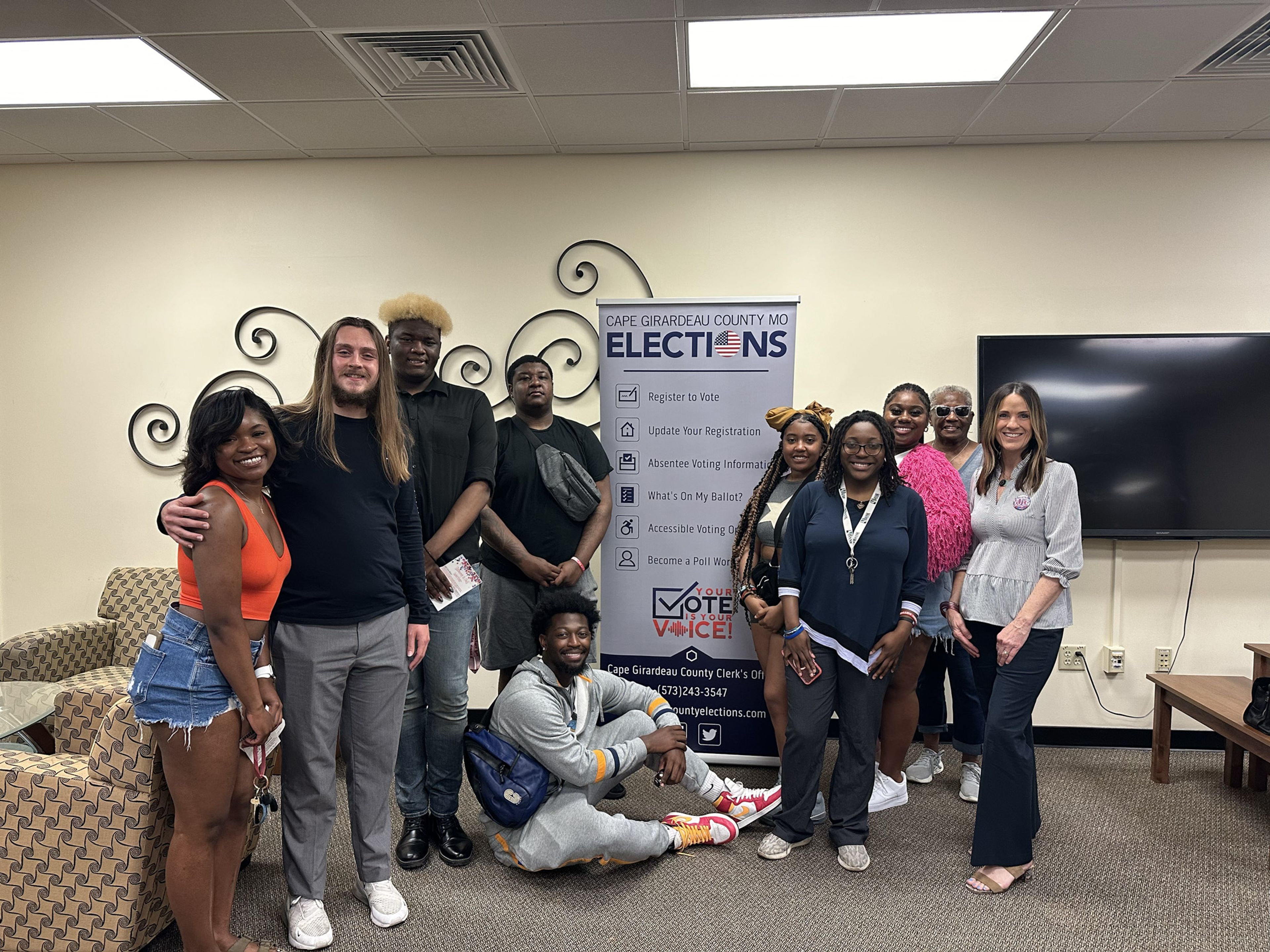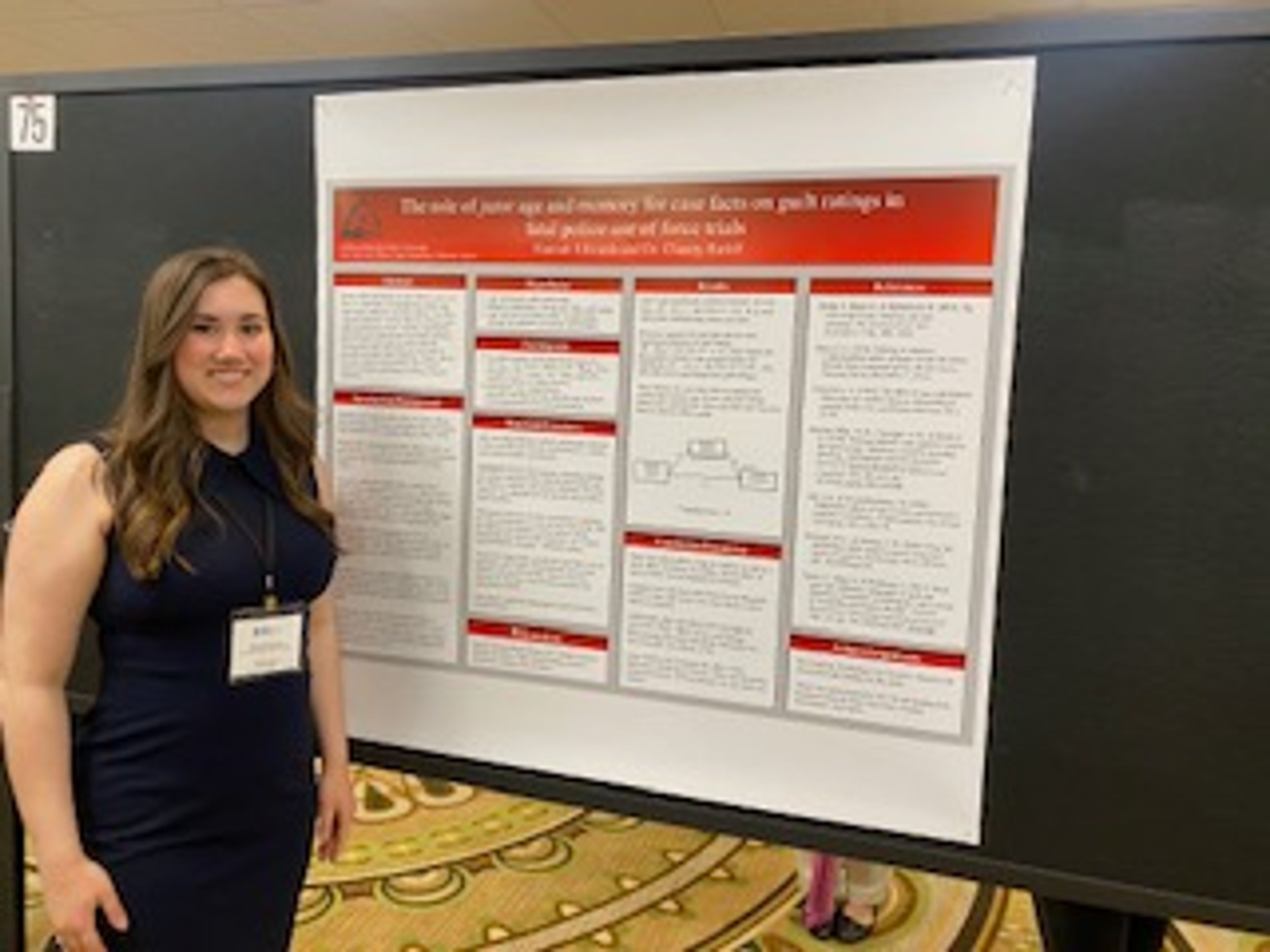In a world where technology is constantly evolving and affecting the way individuals consume information, schools and educators are faced with the challenge of incorporating methods that best convey material to students. In 2014, a program called EDvolution was put in place in the Southeast Missouri State University College of Education to help meet that challenge.
The program was begun by Dr. Diane Rogers-Adkinson, dean of the College of Education. The focus of EDvolution was to put relevant technology into the hands of future educators, while also providing the necessary training to best make use of that technology.
"The EDvolution is our one-to-one (1:1) technology initiative," said Rogers-Adkinson. "What that does is help our future educators use effective educational technology for the improvement of learning for all students."
A 1:1 initiative is when an educational institution issues a device to each of its students via purchase or lease. In the case of Southeast, that device is an iPad.
Several school districts in the area began 1:1 initiatives about a year before Southeast implemented the EDvolution. Rogers-Adkinson said this was a factor in the inception of the program.
"Part of it was really feedback from school districts," said Rogers-Adkinson. "So when our school districts were interviewing our candidates and comparing them, one of the things they felt is beginning teachers statewide, not just ours, should be coming out of a teacher's college more tech competent."
Rogers-Adkinson said Southeast was the first institution in Missouri to convert to a 1:1 setup, although other institutions have done so in other parts of the country. Several faculty members in the College of Education, including Dr. Shonta Smith, have prepared an article about 1:1 initiatives which they will be presenting at the Society for Information Technology & Teacher Education (SITE) conference in Savannah, Georgia, this week.
Smith said the possibilities for the inclusion of technology in the classroom are far-reaching. She mentioned educational applications teachers are using in districts with 1:1 programs that allow students to take quizzes quickly. Teachers are then given instant data about the students' quiz performance, making it possible to identify areas that may be causing students trouble without taking a stack of papers home and grading them.
Smith said while there is a push on a national scale to include more technology in classrooms, some regions lack the necessary resources to make that inclusion possible.
"You would think in 2016 that most schools have technology," Smith said. "But we still have some schools that don't have a lot of technology. Like some of the schools in rural areas, like where we're located, the internet is patchy, so it doesn't work as well, or they don't even have access to Internet."
Smith said the 1:1 model is meant to align teaching methods with the mindset of current students, who may not respond as well to "traditional" teaching methods.
"Students spend a lot of time on mobile devices, whether it's a tablet, an iPad or their phone, and they're just ingrained in it," Smith said. "So when we think about the learning and how they're processing information, they're not going to want to sit and listen to a boring lecture for two or three hours."
Southeast student teachers who have been placed in area school districts are able to fully make use of the technological resources provided in those schools after being exposed to the technology in their own classes.
Candace Heider, a student teacher at Cape Central High School, said the 1:1 model allows her to enrich her lesson plans with activities that reinforce the subject matter.
"Anything to get them where they're hands-on, and they're investigating things themselves," Heider said. "And I am constantly trying to find new things to get them to do more hands-on."
Heider said within the context of secondary education, the technology has both pros and cons. While the devices grant students avenues of learning that they wouldn't have otherwise, there are still problems of accessibility for some students regarding Internet connectivity.
"I've become very aware of what I can give my students, and what I can't give my students," Heider said. "Because some of them don't have that accessibility at home."
Amy Raddle, a student teacher at Cape Central Middle School, said she has seen vast change in the role technology plays in the classroom since she was a student in elementary or even high school. She said technology is creating more and more opportunities for students who are homebound or disabled to learn along with the rest of their classmates.
"The purpose of education is to provide students with the tools, the skills and the knowledge they need to be successful in life," Raddle said. "And we can't expect them to be successful if we aren't going to provide them with those things. And with technology becoming such a part of our daily lives, that means that those students need to have experience with technology. Whether or not they get that experience at home."





